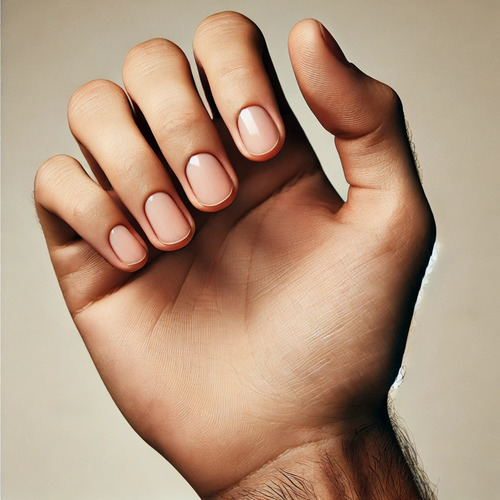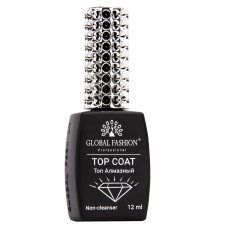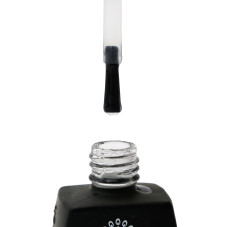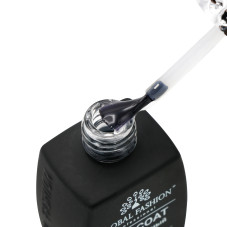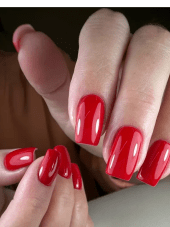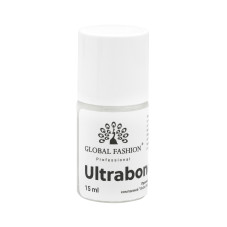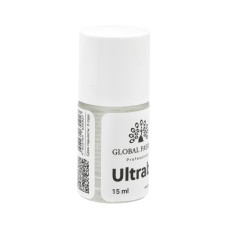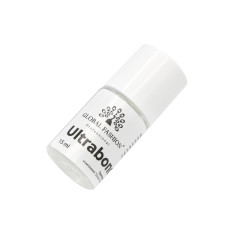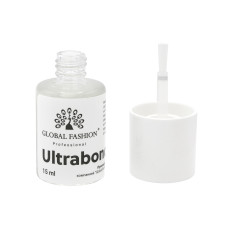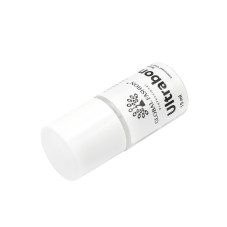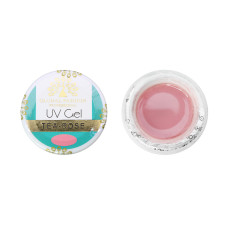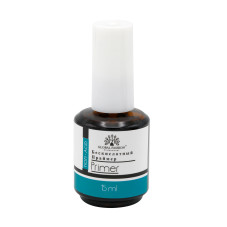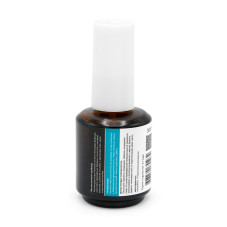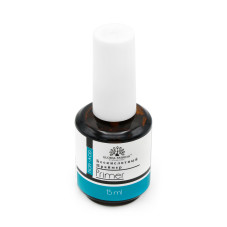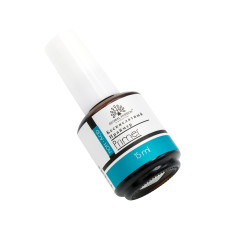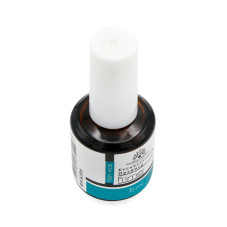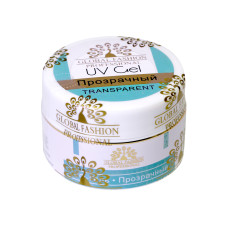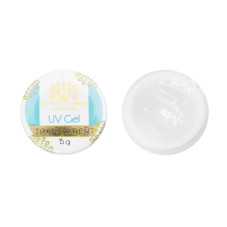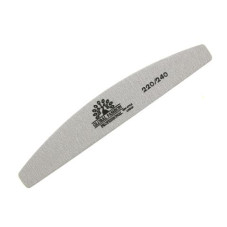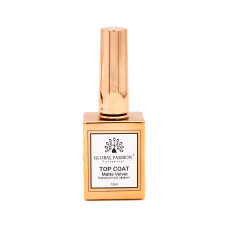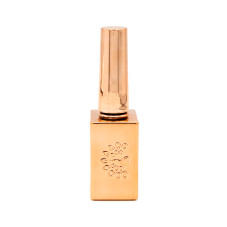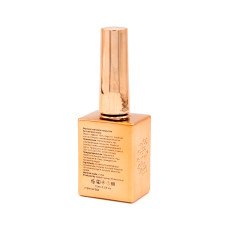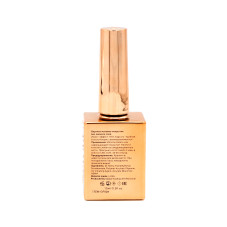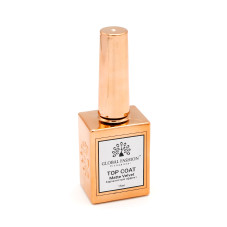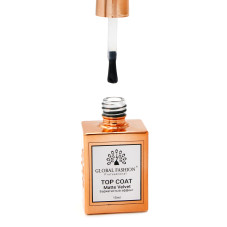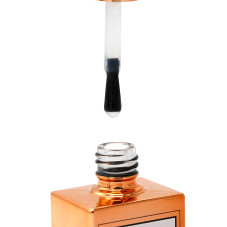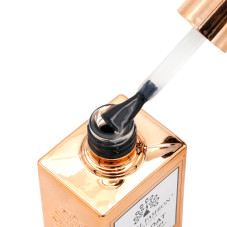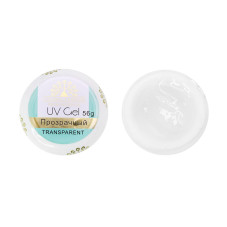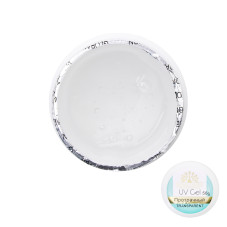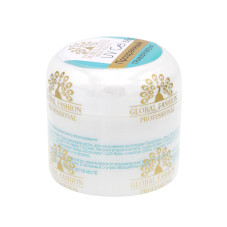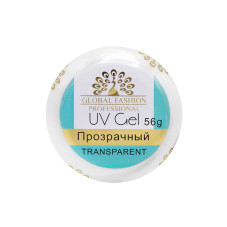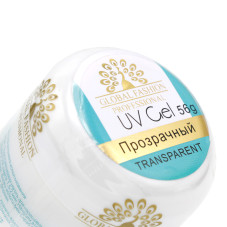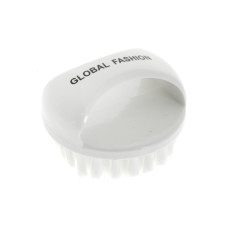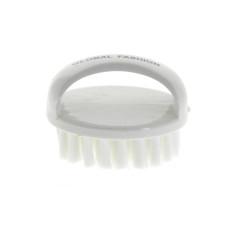13 Very Interesting Facts About Nails That You Didn't Know

In addition to regular nail care procedures, such as keeping them clean, getting manicures, and using strengthening creams, we often don’t think about how complex our nails actually are. In reality, they are much more multifaceted than they may appear at first glance.
Nails are not just what we see on the surface. The nail plate, the hard part of the nail, grows from the matrix located at the root and has a shape resembling ocean waves. The white area at the base of the nail, particularly visible on the thumbs, is called the lunula. This is the visible part of the root.
Beyond nail anatomy, there are many interesting facts about nails that we might not know. Here’s a fascinating list of such unexpected details:
1. Nails typically grow 3–5 millimeters per month
Nails on the dominant hand usually grow faster, especially if you are right-handed. Toenails, however, grow much more slowly, at just about 1.6 millimeters per month.

2. White spots on nails are not a sign of calcium deficiency
The myth that "white spots" on nails indicate a lack of calcium is widespread in many cultures. However, this is far from the truth. In reality, these small white spots are a normal phenomenon, completely harmless, and not linked to any vitamin or calcium deficiency. Most often, they appear as a result of minor injuries to the nail plate or its matrix. Similar to how white spots may appear on hard plastic when it is bent, a nail can change color in areas impacted by a hit or pressure.
3. Nails are made of the same material as hair
Like hair, nails are composed of keratin — a protein that plays a key role in their strength and health. This means that products beneficial for hair also have a positive effect on nails. A balanced diet rich in vitamins, minerals, antioxidants, and proteins is the key to not only beautiful hair but also healthy nails. Keratin is the primary building block, and essential oils help moisturize and strengthen hair, nails, and skin.
4. Men's nails grow faster than women's
There is one exception to this rule: pregnant women experience faster nail growth than men.
5. The habit of biting nails is called onychophagia
Onychophagia is one of the most common nervous habits, often occurring during adolescence. Most people who experience this habit usually stop biting their nails by the age of 30. Although the act of nail-biting may seem harmless, it carries certain risks, such as skin infections and damage to the nail bed.
6. It’s important to give your nails a break between manicures so they can recover
It’s crucial to allow enough time between manicures for your nails to restore themselves. Constantly covering nails with polish can negatively affect their health. Believe it or not, the nail tip is a living tissue that requires oxygen to reach the nail bed. When the nail is covered with polish, it cannot properly protect itself from infections. Additionally, polish and frequent use of acetone dry out the nails, making them more brittle and less flexible.
7. Nails are a kind of "mirror" of your health
A dermatologist can detect many health conditions simply by examining your nails. Changes in the color of the nail bed, for example, a bluish tint, may indicate respiratory system issues, while capillaries around the cuticle may signal potential autoimmune diseases. Nails can reveal a lot about your overall health. If you notice anything unusual, such as dark cuticles or stripes along the nail, be sure to consult a dermatologist.
8. Nails grow faster in summer
The growth rate of nails can depend on many factors, such as seasonal changes, age, genetics, and various other circumstances.
9. Many dermatological conditions are associated with nails
Almost half of all nail-related issues are caused by fungal infections, with the most common being infections on toenails. Other common problems include white spots, vertical ridges, bacterial infections, and ingrown nails. Older adults often face more serious and frequent nail problems compared to younger individuals.
10. Stress affects nail health
In addition to the habit of nail-biting, chronic stress can significantly slow down nail growth. Managing stress levels and maintaining regular, healthy sleep are key to supporting not only nail health but also overall well-being.
11. The Cuticle Plays an Important Protective Role
Many experts believe that it is better to leave the cuticle untouched, as removing it can lead to problems. The cuticle performs an essential protective function, shielding the nail from microbes and moisture. Therefore, it is crucial not to cut it or allow a nail technician to remove it. The cuticle should remain in place for as long as possible.
12. Nail Health and Strength Largely Depend on Genetics
Although we cannot drastically change the shape of nails or significantly speed up their growth, persistent brittleness or peeling often indicates dryness. The main causes of such a condition include frequent hand washing, dishwashing, cleaning, handling documents, regular manicures, and disinfection. To protect nails and prevent damage, it is essential to regularly use nourishing hand cream or special nail cream. The cream should be applied not once a day, but frequently, to keep the cuticles soft and the nails strong, reducing their tendency to become brittle or peel.
13. Nails Require Blood for Proper Functioning and Growth
Have you ever seen a nail fall off due to an injury? This can be explained quite simply: nails need blood circulation, oxygen, and nutrients for proper growth. For example, if you accidentally slam your fingers in a door, the impact can damage the microscopic blood vessels and connections that supply nutrients to the nail plate. In such cases, the damaged nail may not recover and may eventually fall off. A new, healthy nail will start to grow only after the matrix and nail bed have healed. However, if the injury occurs at the base of the nail, under the cuticle, it can result in permanent nail deformity, and its growth may stop altogether.
Published: 09.01.2025 13:19
Times Read: 1670
